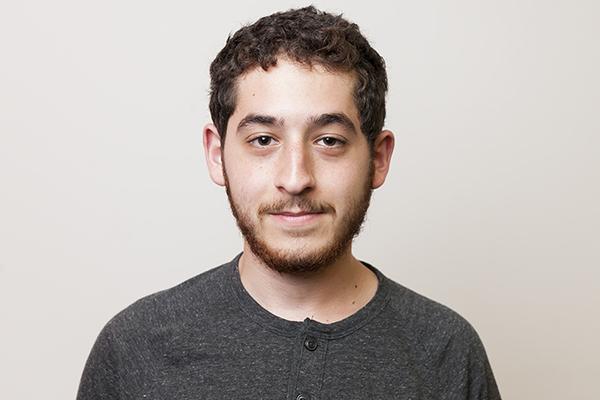Baseball Tobacco Ban Strikes Out

March 7, 2016
On Feb. 25, the New York City Public Health Department endorsed legislation banning the use of smokeless tobacco — namely chewing tobacco — from all sports arenas. “Unfortunately, our young people repeatedly see professional athletes, especially baseball players, using smokeless tobacco, making this practice appear socially acceptable,” said a senior legal counsel for the department, who also cited the growing use of this form of tobacco among city youth as justification for supporting the legislation. However, until more practical changes are put forward by the city’s Public Health Department, this ban is merely a publicity ploy that will do little to stem tobacco use in the city.
One of the key pieces of data cited by the department’s legal counsel was that smokeless tobacco use by young New Yorkers has ostensibly doubled from 2007 to 2013. But no claim was made that the increased popularity of chewing tobacco among city youth was accompanied by a similar increased use in sports arenas or by baseball players. Even if such a correlation was shown, proof would be required to convincingly demonstrate that tobacco use among players caused more youths to take up the habit. One would expect the Public Health Department to work on a scientific basis, avoiding spurious causation and supporting legislation backed by proven trends. Jumping on the political bandwagon may earn the department some popularity points, but it corrodes the weight of its endorsements in the long term.
Furthermore, it is probably no coincidence that the department’s spokesman has used very specific data, as national data shows current tobacco trends among youth are not a rising epidemic. The U.S. Department of Health and Human Services, in a summary of tobacco trends among adolescents, showed that the recent spike in chewing tobacco use among students in 12th grade was still at a low from a peak in 1995. Cigarette use among this same demographic has continued to steeply decline. Perhaps as conventional cigarette use has waned, less common means of ingesting tobacco have gained in popularity to fill the market gap — but this is about as speculative as the implied association between baseball player tobacco use and use among
city youth.
A ban on chewing tobacco in sports arenas may very well reduce consumption among adolescents, though there is little evidence that this will be the case. On the other hand, the success of the campaign against cigarettes — which Center for Disease Control Director Tom Frieden attributes to increased taxes, FDA regulation and anti-smoking campaign ads — shows what does work. Until the New York City Public Health Department makes a greater effort to target smokeless tobacco in a direct and meaningful way, its efforts against baseball players will hit few home runs.
Opinions expressed on the editorial pages are not necessarily those of WSN, and our publication of opinions is not an endorsement of them.
A version of this article appeared in the Monday, March 7 print edition. Email Abraham Gross at [email protected].














































































































































